Mitsubishi ASX vs Nissan X-Trail – Performance, range & efficiency compared
Everyday use, family trips or long-distance drives – here’s where the differences show.
Discover whether Mitsubishi ASX or Nissan X-Trail fits your lifestyle better.
Here’s where it gets real: The technical differences in detail
Costs and Efficiency: Price and efficiency are key factors when choosing a car – and this is often where the real differences emerge.
Mitsubishi ASX has a decisively advantage in terms of price – it starts at 20600 £, while the Nissan X-Trail costs 34000 £. That’s a price difference of around 13466 £.
Fuel consumption also shows a difference: the Mitsubishi ASX manages with 4.40 L and is therefore noticeable more efficient than the Nissan X-Trail with 5.70 L. The difference is about 1.30 L per 100 km.
Engine and Performance: Power, torque and acceleration are the classic benchmarks for car enthusiasts – and here, some clear differences start to show.
When it comes to engine power, the Nissan X-Trail has a evident edge – offering 213 HP compared to 158 HP. That’s roughly 55 HP more horsepower.
In acceleration from 0 to 100 km/h, the Nissan X-Trail is evident quicker – completing the sprint in 7 s, while the Mitsubishi ASX takes 8.50 s. That’s about 1.50 s faster.
In terms of top speed, the Nissan X-Trail performs minimal better – reaching 200 km/h, while the Mitsubishi ASX tops out at 180 km/h. The difference is around 20 km/h.
There’s also a difference in torque: the Nissan X-Trail pulls convincingly stronger with 525 Nm compared to 270 Nm. That’s about 255 Nm difference.
Space and Everyday Use: Beyond pure performance, interior space and usability matter most in daily life. This is where you see which car is more practical and versatile.
Seats: Nissan X-Trail offers clearly perceptible more seating capacity – 7 vs 5.
In curb weight, the Mitsubishi ASX is clearly perceptible lighter – 1296 kg compared to 1668 kg. The difference is around 372 kg.
In terms of boot space, the Nissan X-Trail offers somewhat more room – 585 L compared to 484 L. That’s a difference of about 101 L.
In maximum load capacity, the Mitsubishi ASX performs to a small extent better – up to 1596 L, which is about 172 L more than the Nissan X-Trail.
When it comes to payload, Nissan X-Trail evident takes the win – 574 kg compared to 449 kg. That’s a difference of about 125 kg.
Our conclusion: The Nissan X-Trail proves to be barely ahead and thus becomes our DriveDuel Champion!
Overall, Nissan X-Trail is the better all-rounder in this comparison.
Mitsubishi ASX
The Mitsubishi ASX presents itself as a compact crossover that combines practicality with style. Its sleek design and versatile interior make it an appealing choice for both urban and rural settings. With a focus on providing a comfortable driving experience, the ASX also offers a range of modern features that enhance connectivity and safety.
details @ Mitsubishi
@ Mitsubishi
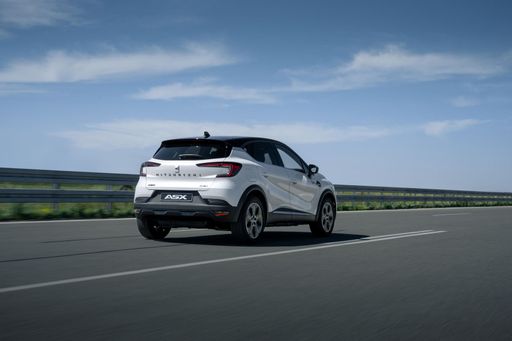 @ Mitsubishi
@ Mitsubishi
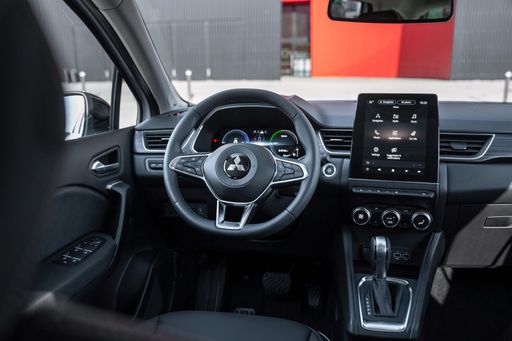 @ Mitsubishi
@ Mitsubishi
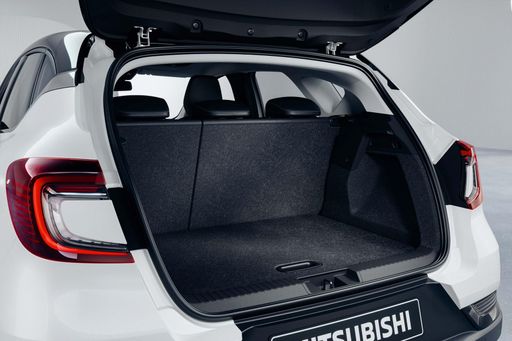 @ Mitsubishi
@ Mitsubishi
Nissan X-Trail
The Nissan X-Trail stands out with its spacious interior and practical design, making it an ideal choice for families and adventure enthusiasts alike. Its sleek exterior styling is complemented by modern technology features that enhance both driving pleasure and safety. This versatile SUV offers a comfortable ride, whether navigating city streets or exploring off-road paths, ensuring you travel in style and comfort.
details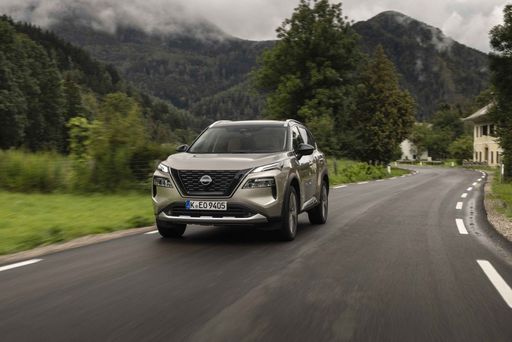 @ germany.nissannews.com
@ germany.nissannews.com
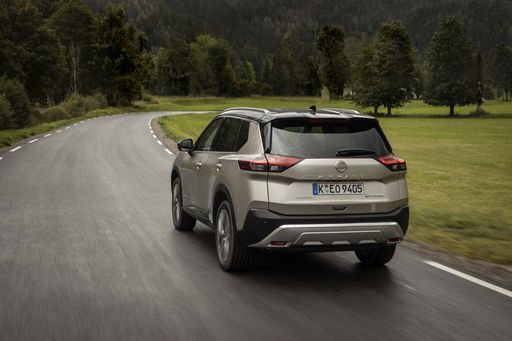 @ germany.nissannews.com
@ germany.nissannews.com
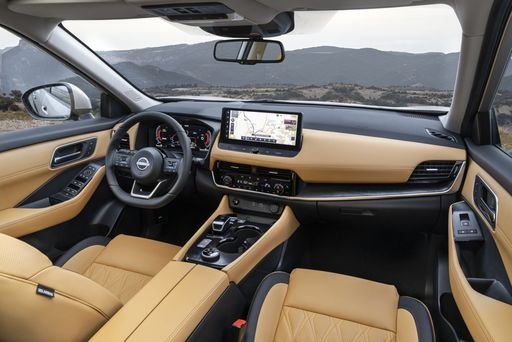 @ germany.nissannews.com
@ germany.nissannews.com
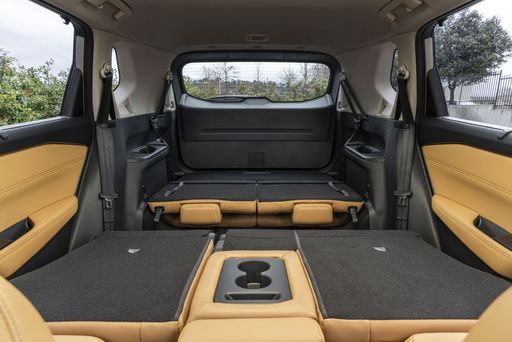 @ germany.nissannews.com
@ germany.nissannews.com

|

|
|
|
|
Costs and Consumption |
|
|---|---|
|
Price
20600 - 32500 £
|
Price
34000 - 50400 £
|
|
Consumption L/100km
4.4 - 6 L
|
Consumption L/100km
5.7 - 6.9 L
|
|
Consumption kWh/100km
-
|
Consumption kWh/100km
-
|
|
Electric Range
-
|
Electric Range
-
|
|
Battery Capacity
-
|
Battery Capacity
-
|
|
co2
99 - 135 g/km
|
co2
131 - 161 g/km
|
|
Fuel tank capacity
48 L
|
Fuel tank capacity
55 L
|
Dimensions and Body |
|
|---|---|
|
Body Type
SUV
|
Body Type
SUV
|
|
Seats
5
|
Seats
5 - 7
|
|
Doors
5
|
Doors
5
|
|
Curb weight
1296 - 1493 kg
|
Curb weight
1668 - 1961 kg
|
|
Trunk capacity
348 - 484 L
|
Trunk capacity
177 - 585 L
|
|
Length
4239 mm
|
Length
4680 mm
|
|
Width
1797 mm
|
Width
1840 mm
|
|
Height
1575 mm
|
Height
1720 mm
|
|
Max trunk capacity
1458 - 1596 L
|
Max trunk capacity
1396 - 1424 L
|
|
Payload
397 - 449 kg
|
Payload
432 - 574 kg
|
Engine and Performance |
|
|---|---|
|
Engine Type
Petrol, Petrol MHEV, Full Hybrid
|
Engine Type
Petrol MHEV, Full Hybrid
|
|
Transmission
Manuel, Automatic
|
Transmission
Automatic
|
|
Transmission Detail
Manual Gearbox, Dual-Clutch Automatic, Automatic Gearbox
|
Transmission Detail
CVT, Reduction Gearbox
|
|
Drive Type
Front-Wheel Drive
|
Drive Type
Front-Wheel Drive, All-Wheel Drive
|
|
Power HP
91 - 158 HP
|
Power HP
163 - 213 HP
|
|
Acceleration 0-100km/h
8.5 - 14 s
|
Acceleration 0-100km/h
7 - 9.6 s
|
|
Max Speed
168 - 180 km/h
|
Max Speed
170 - 200 km/h
|
|
Torque
160 - 270 Nm
|
Torque
300 - 525 Nm
|
|
Number of Cylinders
3 - 4
|
Number of Cylinders
3
|
|
Power kW
67 - 116 kW
|
Power kW
120 - 157 kW
|
|
Engine capacity
999 - 1789 cm3
|
Engine capacity
1497 cm3
|
General |
|
|---|---|
|
Model Year
2024 - 2025
|
Model Year
2024
|
|
CO2 Efficiency Class
D, C
|
CO2 Efficiency Class
F, D, E
|
|
Brand
Mitsubishi
|
Brand
Nissan
|
What drive types are available for the Mitsubishi ASX?
Available configurations include Front-Wheel Drive.
The prices and data displayed are estimates based on German list prices and may vary by country. This information is not legally binding.
